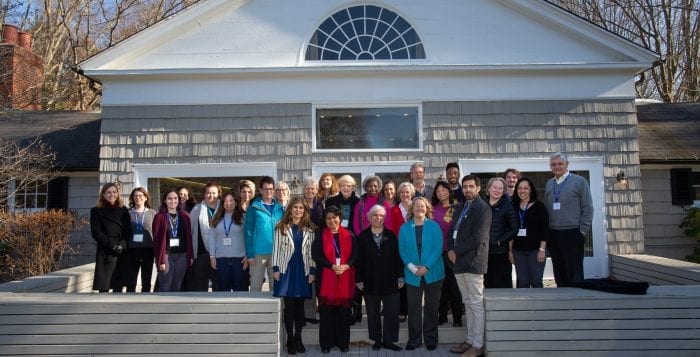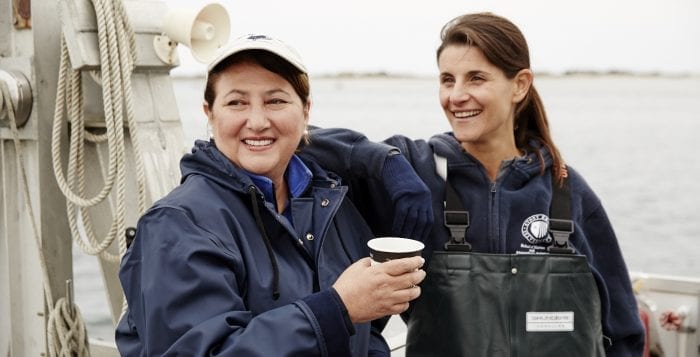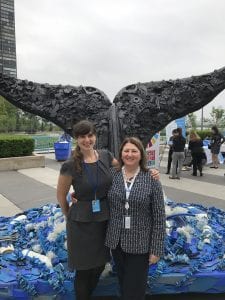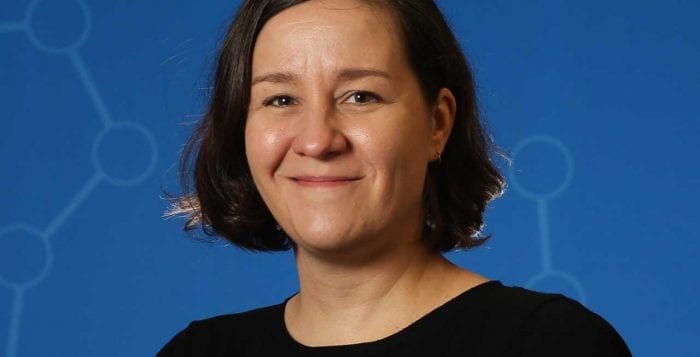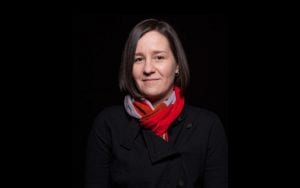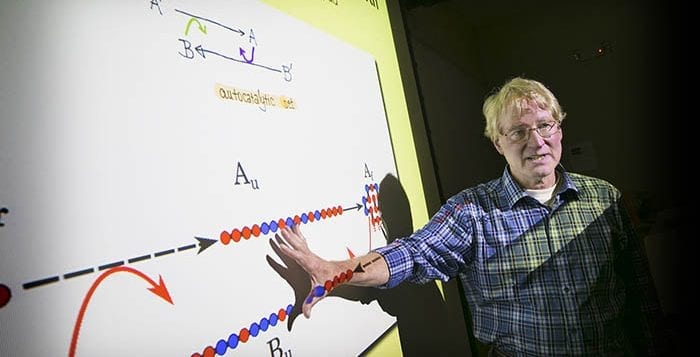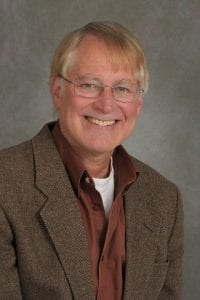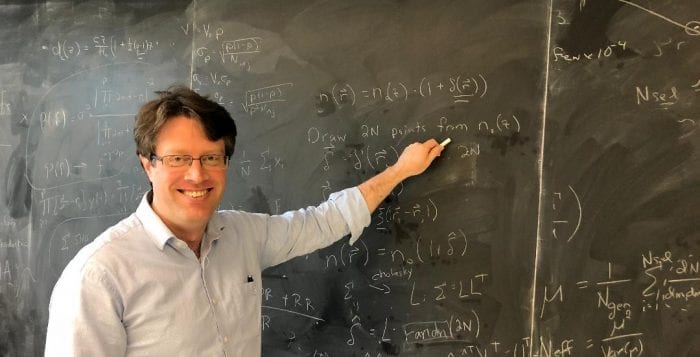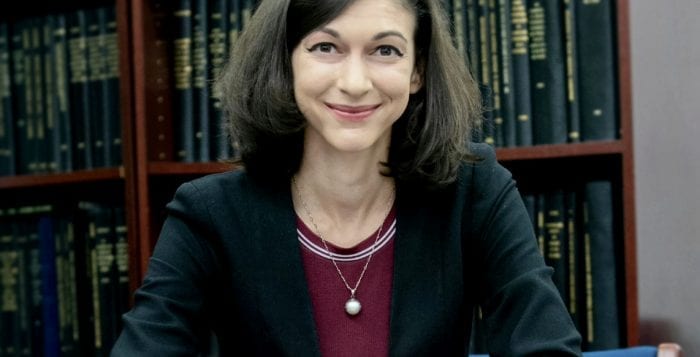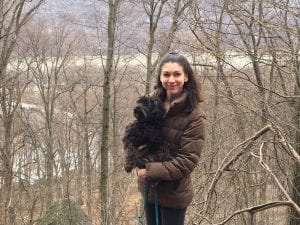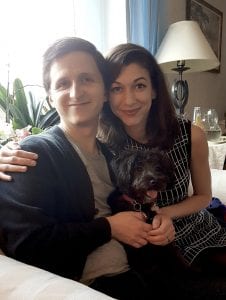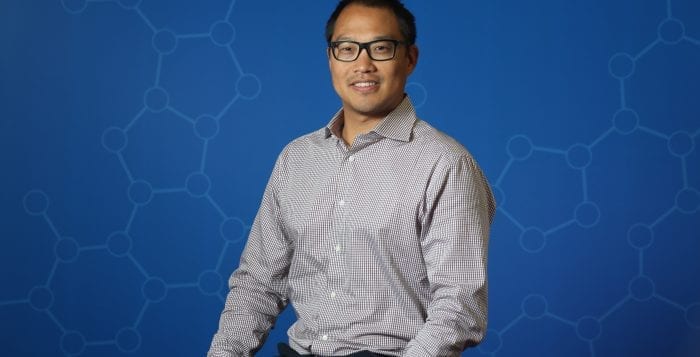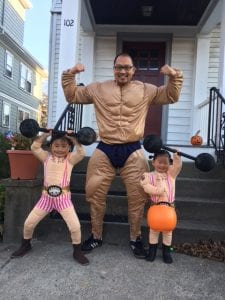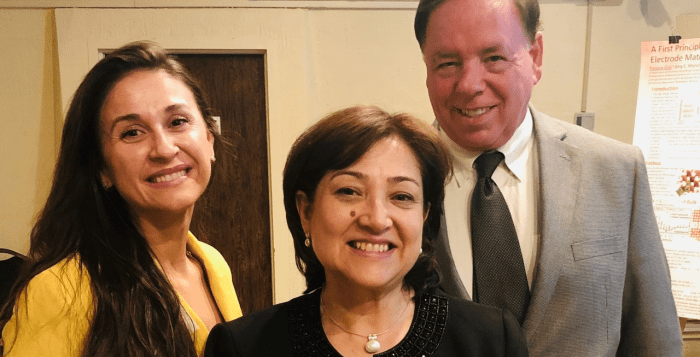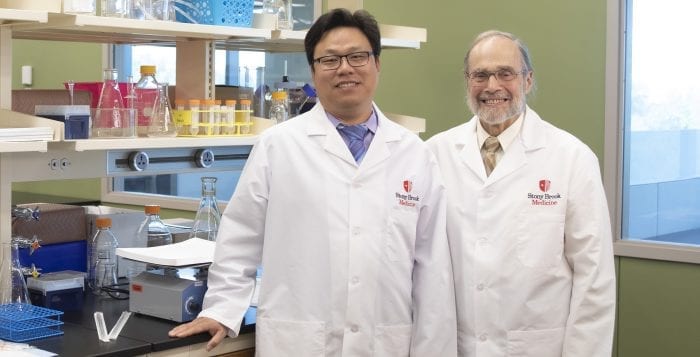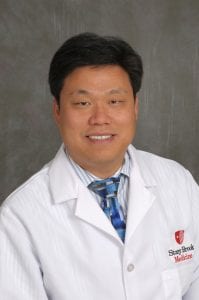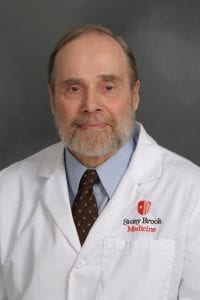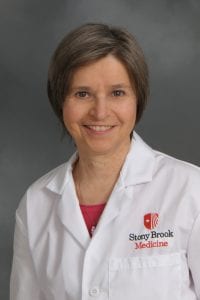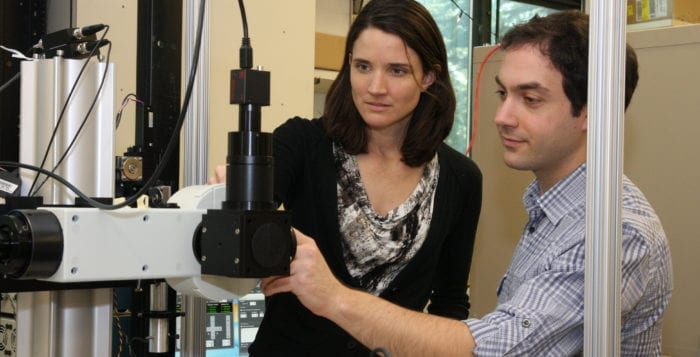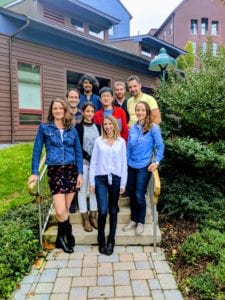By Daniel Dunaief
This article is part one in a two-part series.
Women have made great strides in science, but they haven’t yet found equal opportunity or a harassment-free work environment.
After the National Academy of Sciences published a study in 2018 that highlighted sexual harassment and unconscious bias, a team of scientists came together at Cold Spring Harbor Laboratory last December to discuss ways to improve the work environment.
Led by Carol Greider, an alumni of CSHL and the director of molecular biology and genetics at Johns Hopkins and a Nobel Laureate, and Jason Sheltzer, a fellow at CSHL, the group recently released its recommendations in the journal Science.
While the atmosphere and opportunities have changed, “It’s not a clear-cut enlightenment and everybody is on board,” said Leemor Joshua-Tor, a professor at CSHL and a member of the group that discussed the challenges women face in science at the Banbury Center last year.
The Science article highlights earlier work that estimates that 58 percent of women experienced unwanted sexual attention or advances at some point in their careers. The authors write that this harassment is often ignored or excused, which can cause talented and capable women to leave the field of scientific research.
A member of the group that came together to discuss how to continue to build on the progress women have made in the STEM fields, Nancy Hopkins, an Amgen Inc. professor of biology emerita at the Massachusetts Institute of Technology, helped bring attention to the disparity between opportunities for men and women in science in the 1990s.
“My generation pushed [opportunities for women] forward and got through the door,” Hopkins said. “We found out that when you get through the door, the playing field wasn’t level.”
Hopkins said the progress is “still not enough” and that leaders like Greider and Sheltzer, whom she praised for tackling this nettlesome issue, “are now identifying problems that we accepted.”
For starters, the group agrees with the National Academy of Sciences, Engineering and Medicine, which believes treating sexual harassment in the same way as scientific misconduct would help.
The scientists, which include CSHL’s CEO Bruce Stillman, recommend creating institutional and government offices to address substantiated claims of sexual misconduct and to educate institutions on harassment policy, using the same structures for research misconduct as models.
An office that verified these claims could offer reporting chains, consistent standards of evidence and defined protocols.
Additionally, the scientists believe researchers should have to answer questions from funding agencies about whether they have been found responsible for gender-based harassment at any point in the prior 10 years, as well as whether they have been a part of a settlement regarding a claim of professional misconduct, research misconduct or gender-based harassment in the same time period.
This policy, they urge, could prevent institutions from tolerating serial offenders who have generated a high level of research funding over the years.
“People that go through a complete investigation and have been found to have committed egregious harassment [can] get a job somewhere else, where nobody knows and everything happens again,” Joshua-Tor said. This policy of needing to answer questions about harassment in the previous decade would prevent that scenario.
The dependence scientists have on lab leaders creates professional risk for students who report harassment. The fortunes of the trainees are “very much dependent on the principal investigator in an extreme way,” explained Joshua-Tor. Senior faculty members affect the future of their staff through letters of recommendation.
“There’s a lot at stake,” said Joshua-Tor, especially if these lab leaders lose their jobs. Indeed, their students may suffer from a loss of funding. The authors recommend finding another researcher with a proven track record of mentorship to manage the lab.
Even though many senior scientists have considerable responsibilities, Joshua-Tor said principal investigators have assumed mentorship duties for others in unusual circumstances.
“There were cases where people died,” so other scientists in neighboring labs took over their staff, she explained.
If, however, the institution can’t find another researcher who is available to take on these additional responsibilities, the authors recommend that the funding agency make bridge funding available to these researchers.
In addition to claims of harassment, the scientists discussed the difficulty women face from conscious and unconscious bias.
Joshua-Tor recalls an experience in a physics lab when she was an undergraduate. She was a lab partner with a man who was a “fantastic theoretician,” but couldn’t put together an experiment, so she connected the circuits. “The professor would come and talk” to her lab partner about the experimental set up while ignoring her and treating her as if she were “air.”
The scientists cited how male postdoctoral researchers tend to receive higher salaries than their female counterparts, while male faculty also receive larger salaries and start-up offers. Men may also get a larger share of internal funding, as was alleged with a $42 million donation to the Salk Institute.
To provide fair salaries, institutions could create anonymized salary data to an internal committee or to an external advisory committee for regular review, the scientists suggested.
Additionally, the researchers urged work-life balance through family-friendly policies, which include encouraging funding agencies to consider classifying child care as an acceptable expense on federal grants. Conferences, they suggest, could also attempt to provide on-site childcare and spaces for lactation.
While these extra efforts would likely cost more money, some groups have already addressed these needs.
“The American Society for Cell Biology has a fantastic child care program, where, if you are traveling, they have funds to alleviate extra child care services at home,” Joshua-Tor said. “If this is something we need and it’s in everybody’s psyche that it has to be taken care of for a meeting, it will be commonplace.”
Finally, the group addressed the challenge of advancing the careers of women in science. Female authors are often underrepresented in high-impact journals. Women also tend to dedicate more time to teaching and mentorship. The group encouraged holistic evaluations, which focus on an analysis of a candidate’s scientific and institutional impact.
Hopkins suggested that the solutions to these challenges at different institutions will vary. “You have to pick solutions that work in your culture” and that involve the administration. Ultimately, leveling the playing field doesn’t happen just once. “You’ve got to solve it and stay on it,” she urged.
Next week’s article explores some of the efforts of Stony Brook University, Brookhaven National Lab and Cold Spring Harbor Laboratory to provide an inclusive environment that ensures women have an equal opportunity to succeed in the STEM fields.

